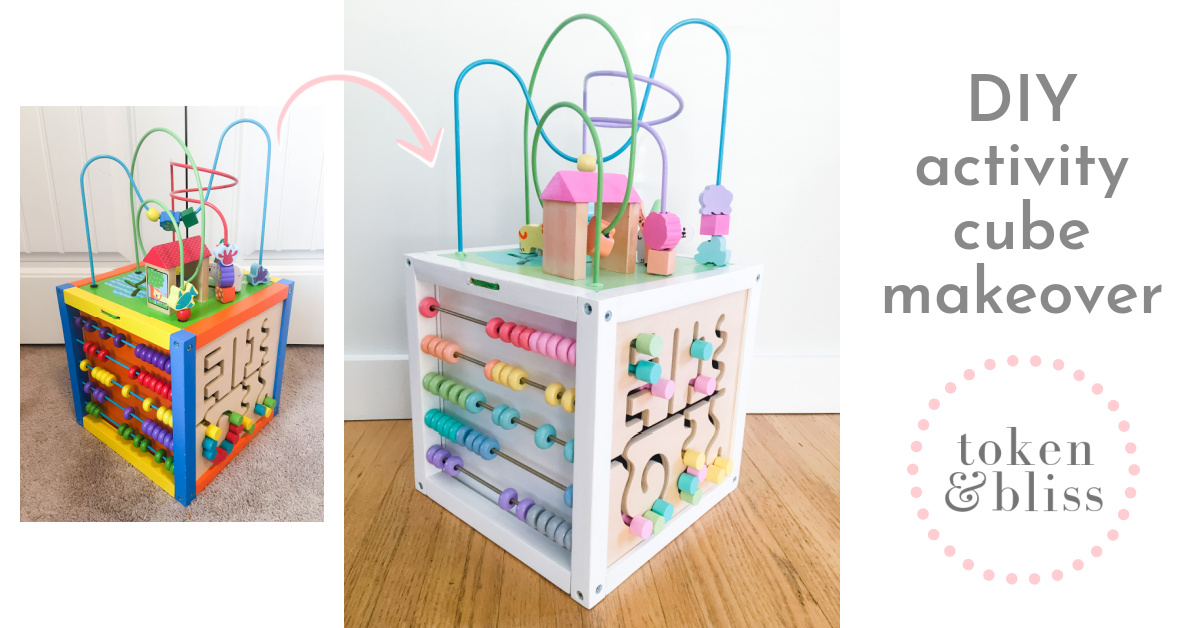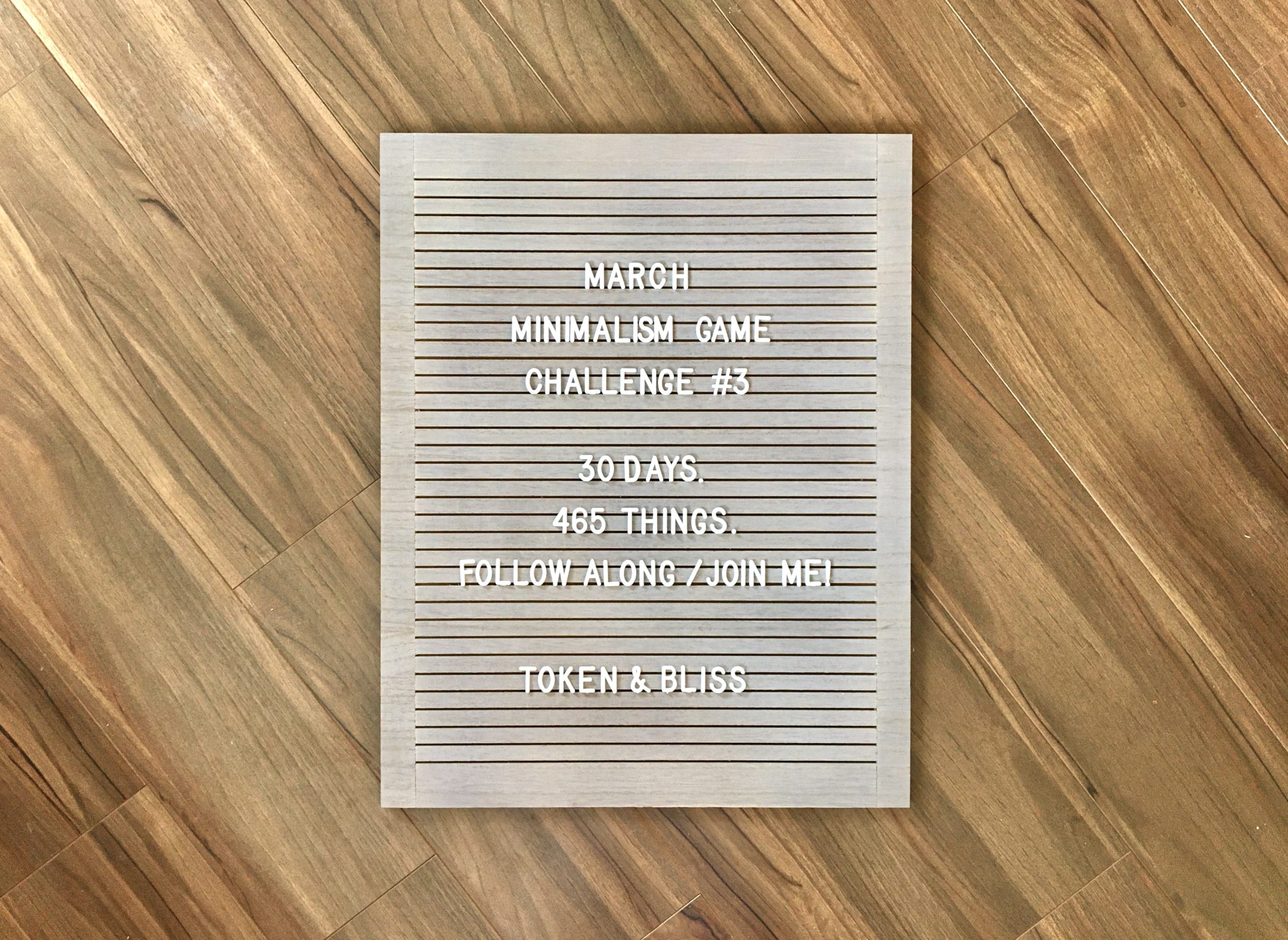This photo, taken in rainy Seattle, is a visual representation of my mind. On the outside, I’m smiling; inside there’s a perpetual fog that surrounds and consumes me. The fog in my mind is called obsessive compulsive disorder (OCD), also known as “the doubting disease”.
1 in 40 people suffer from this incredibly misunderstood illness.
Since today is #BellLetsTalk Day, I thought I would try to explain it and hopefully make it less of a stigmatized mystery.
What Is OCD, Really?
You know when a weird or disturbing thought comes into your mind? Thoughts of switching lanes and driving into oncoming traffic? Or getting an unspecified deadly illness? Or stabbing a loved one while chopping vegetables? Or becoming possessed? Or that you’re sexually attracted to someone of the same sex (or opposite sex if you’re gay)? Or that your house will go up in flames and it will be your fault?
Pretty much everyone in the world gets weird thoughts like this. Luckily, most people are able to say “wow, that was a weird thought” and move on with their life.
People with OCD have a misfiring in their brain that does not allow them to “release” these thoughts. Instead, these thoughts (the “obsession” part of OCD) play over and over again in a sufferer’s mind, causing severe distress and anxiety. When people with OCD get these thoughts, they wonder what the thoughts might mean about them. “Do I want to murder people?” “Am I a horrible person?” “Am I a messenger for Satan?” “What if I’m actually a closeted homosexual?”
In an attempt to get rid of these distressing thoughts, people with OCD engage in compulsions. The classic picture that comes to mind when people think of OCD is someone washing their hands or cleaning to excess; the unseen part of OCD is the obsession behind it…the fear that if they don’t wash their hands for a certain amount of time or clean something well enough, they or someone they love could die.
Compulsions are not done for fun. People do compulsions to try to neutralize intrusive, distressing and repugnant thoughts.
One of the reasons why OCD is so misunderstood is because many sufferers do not have visible compulsions; instead the compulsions are done in the mind. For example, a person with harm OCD may avoid touching people or handling knives, and may constantly try to reassure themselves that they’re not really a murderer.
The thing that sucks about OCD is that you know that your thoughts are illogical. You know the thoughts aren’t telling the truth, but you can’t make them stop. The compulsions make you feel better temporarily, but the obsessions always come back, rearing their ugly heads in the forefront of your mind.
My (Condensed) OCD Story
Throughout my life I have had many different obsessions and compulsions. Looking back now, I know that I’ve had OCD since I was approximately 8 years old. Like most people with OCD, I suffered for many years and was not properly diagnosed until I was 21 years old. My diagnosis came after a particularly horrible bought of intrusive thoughts that caused me to be bedridden for 3 months; I couldn’t eat, I experienced daily panic attacks, and I contemplated ending my life.
A diagnosis saved me. Instead of thinking that I was just a “crazy” horrible person, I now had a name for what I had been experiencing. Obsessive compulsive disorder. It was such a relief to know that I wasn’t alone and I wasn’t the only person in the world who had these thoughts.
Since then, I have spent thousands of dollars on therapy and daily medication, as well as hundreds of hours researching and learning about my illness in an attempt to understand what’s going on in the least understood organ in the entire body–the brain.
OCD is treatable, but there is no cure. I know that this is an illness that I’m likely going to live with for the rest of my life. Thanks to medication and therapies like Exposure and Response Prevention (ERP) and Acceptance and Commitment (ACT), I am usually able to manage my OCD. Instead of trying to make the obsessions go away, I am learning to live with their presence and accept the uncertainty that they bring. Rather than running from the fears, I am learning to face them head-on.
My biggest success so far is that I’m able to now work a full-time job. Just a few short years ago, my OCD controlled all my decisions and I would have said that 40 hours of work per week was impossible for me. Going to work may seem like a basic, everyday thing, but for someone struggling with a mental illness, it can feel like an impossible task.
Is my life all sunshine and rainbows now that I’m receiving treatment? Heck no. I still have horrible days where the thoughts are persistent and all-consuming. Just a few short months ago, my OCD left me virtually unable to leave my house, eat anything but Boost nutritional shakes, or properly take care of myself for a few weeks.
OCD is a distressing, terrifying illness. It targets the things you love the most. It makes you question everything about yourself including your morals, values and identity. It is not a cute, quirky illness that makes cleaning a fun task (if you enjoy it, then it’s definitely not OCD). It is not an adjective. You cannot be “a little OCD.” It is a tortuous, time-consuming illness filled with rituals in an attempt to make horrible thoughts go away.
The next time you think of saying something like “I’m so OCD”, please reconsider and use a different word. Throwing the term around trivializes the struggles of those who suffer from this condition on a daily basis. OCD is a horrendous illness that I wouldn’t wish on my worst enemies.
I hope that this post has taught you a thing or two about what OCD really looks like. To finish, I’d like to remind you that if you or someone you love is struggling, please get help. Don’t suffer in silence. Mental illnesses like OCD can feel scary or shameful, especially if they go undiagnosed. Don’t be afraid to advocate for yourself and get yourself the treatment you require. You are important and you are worth it.
Until next time,



